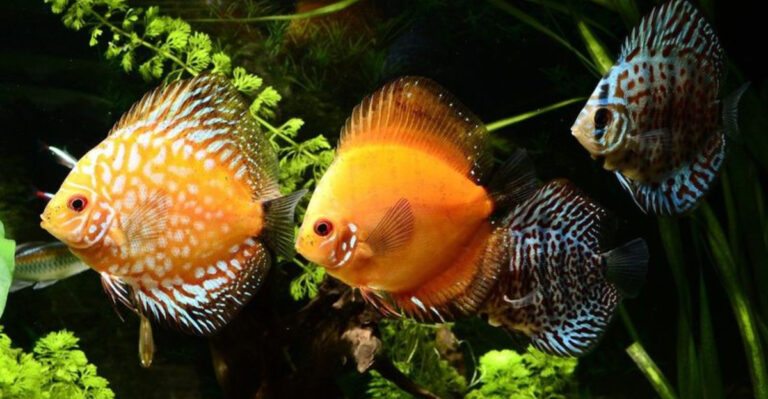13 Snakes That Can Swim Better Than Most Fish
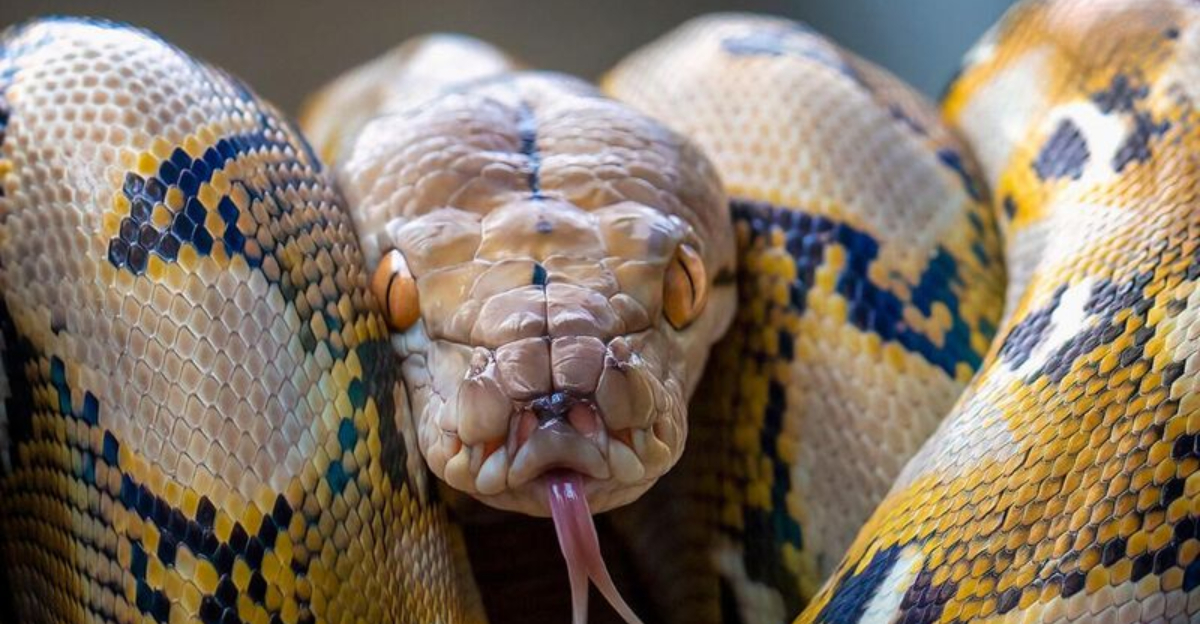
When you think of creatures gliding through water, fish probably come to mind first. But hidden beneath the surface of lakes, rivers, and oceans are serpentine swimmers that might surprise you with their aquatic abilities.
Some snakes have evolved remarkable adaptations that allow them to outswim many fish species.
1. Sea Snake
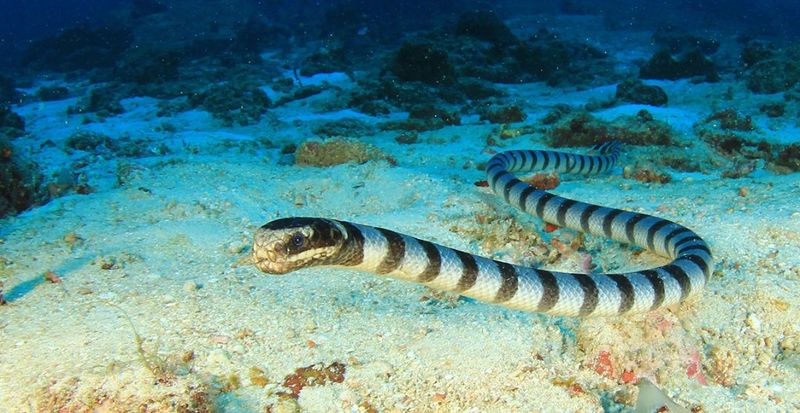
Sea snakes spend nearly their entire lives in ocean water, rarely venturing onto land. Their flattened, paddle-like tails act as powerful propellers, allowing them to zip through coral reefs with minimal effort.
Most species have special valves that seal their nostrils when submerged, and can hold their breath for up to two hours! Their bodies contain special salt glands that filter seawater, making them true marine specialists.
2. Anaconda
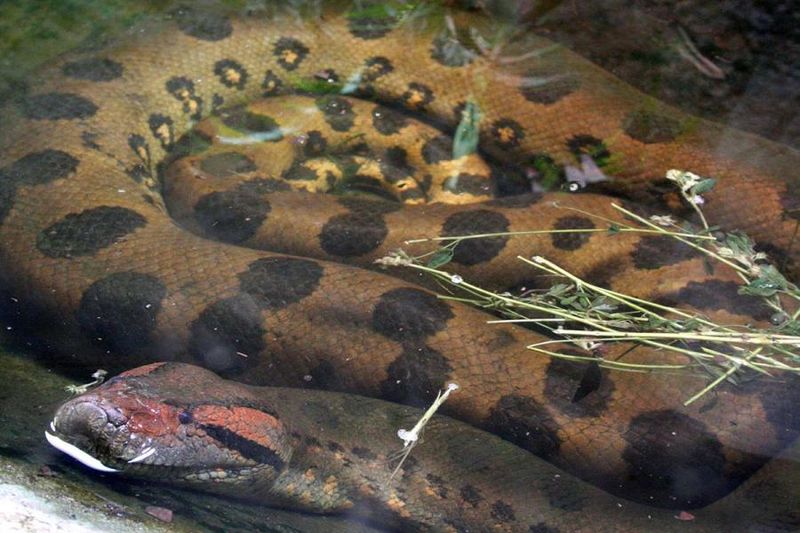
Known as the heavyweight champion of the snake world, the anaconda moves through water with surprising grace despite its massive size. These giants can reach lengths of 30 feet and weigh over 500 pounds.
Anacondas position their eyes and nostrils on top of their heads, allowing them to stay mostly submerged while hunting. Their muscular bodies create S-shaped movements that propel them efficiently through swamps and rivers of South America.
3. Cottonmouth Water Moccasin
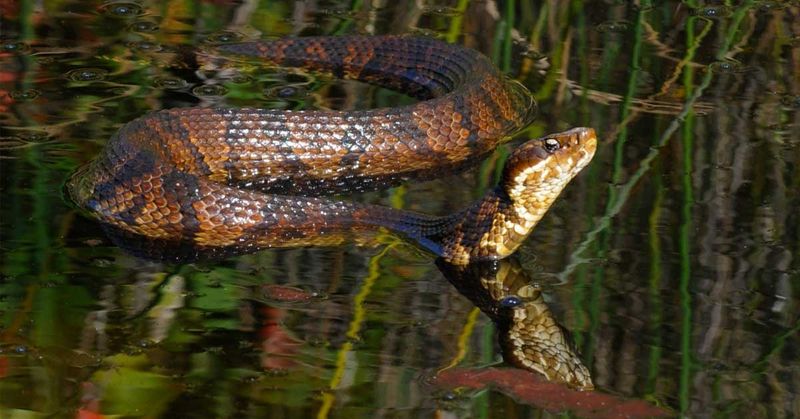
Fear surrounds these venomous swimmers, known for their white mouth displays when threatened. Cottonmouths float effortlessly with most of their body on the surface, creating a distinctive S-shape as they cruise along.
Unlike many water-loving snakes, cottonmouths don’t flee when encountered by humans. They possess specialized glands that make their skin water-repellent, helping them stay buoyant in their swampy, southeastern US habitats.
4. Elephant Trunk Snake
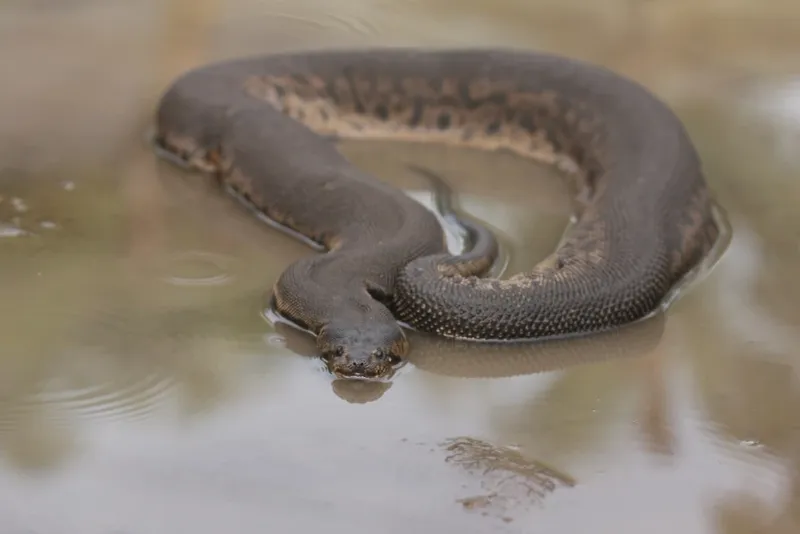
Sporting rough, baggy skin that resembles an elephant’s trunk, these aquatic specialists rarely leave the water. Their unusual appearance serves a purpose – those loose skin folds create pockets that trap air bubbles.
These air reserves function like a built-in scuba tank, allowing extended underwater hunting sessions. Native to Southeast Asia, they have nostrils positioned on top of their snouts and possess extremely flexible jaws perfect for grabbing fish.
5. Yellow-Bellied Sea Krait
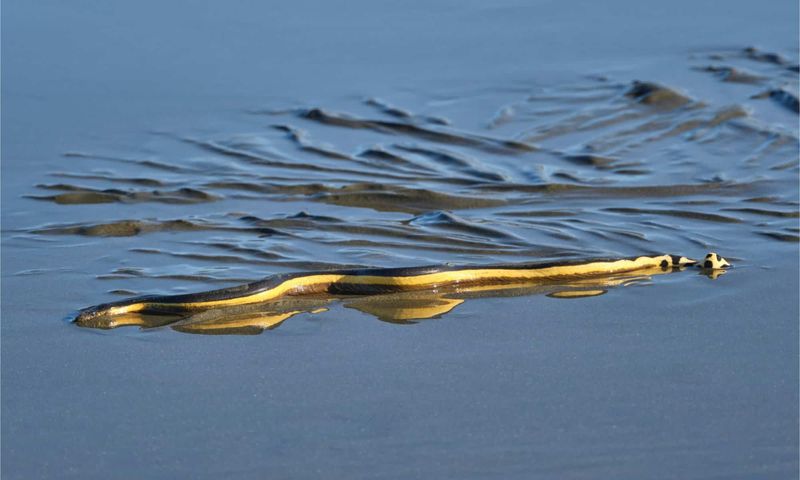
Imagine a snake that lives a double life – the yellow-bellied sea krait hunts underwater but returns to land to digest, rest, and lay eggs. Their distinctive black-and-white banded pattern with bright yellow underbelly makes them easily recognizable.
Though highly venomous, they’re surprisingly docile toward humans. Their specialized paddle-shaped tails generate powerful thrust, and they can remain submerged for over an hour while hunting eels and small fish in coral reef crevices.
6. Water Python
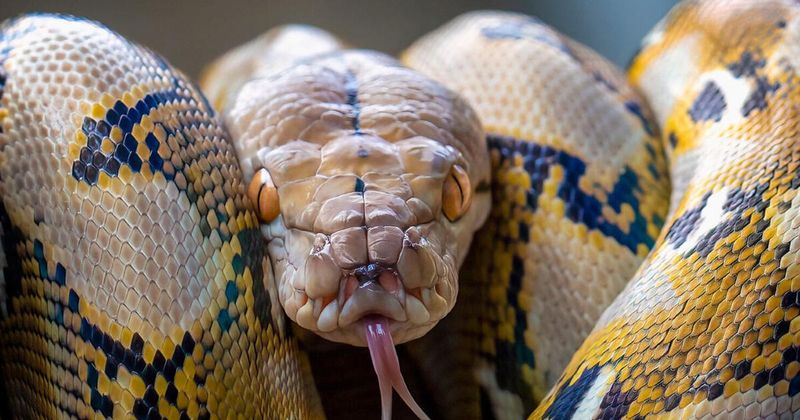
Australia’s water python has mastered the art of aquatic ambush hunting. These muscular swimmers often hang from overhanging branches with just their heads above water, waiting for unsuspecting prey.
Specialized heat-sensing pits along their mouths detect warm-blooded animals even in murky waters. During floods, water pythons become even more active, taking advantage of displaced animals. Their sleek bodies create minimal disturbance as they glide through billabongs and swamps.
7. Tentacled Snake
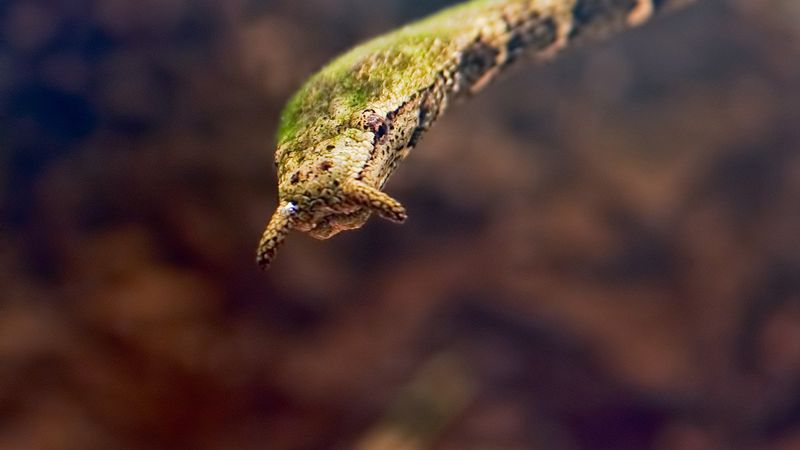
Looking like something from science fiction, the tentacled snake sports two bizarre tentacle-like protrusions on its snout. These unique appendages function as sensory organs, detecting tiny movements from fish swimming nearby.
Masters of underwater ambush, these snakes create a J-shape with their bodies and actually trick fish into swimming toward them by slightly moving their mid-section. They’re among the few snakes that give birth to live young underwater in the rice paddies of Southeast Asia.
8. Rainbow Water Snake
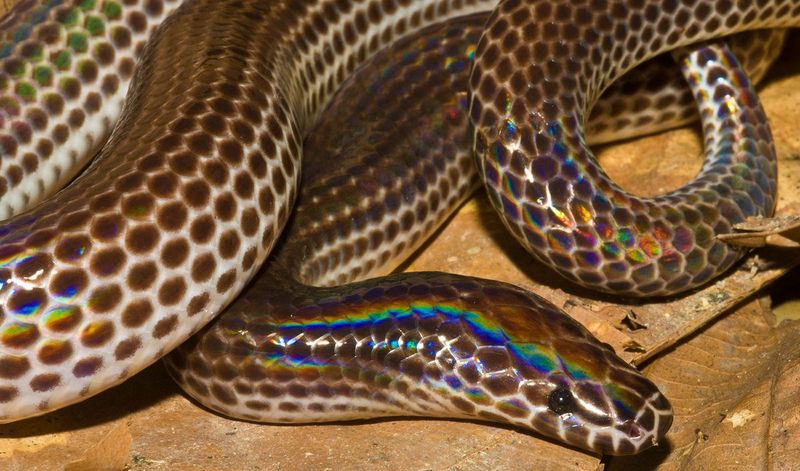
Flashing iridescent scales that shimmer with rainbow colors when wet, these Asian water snakes are living jewels of freshwater habitats. Their eyes and nostrils sit high on their heads, perfect for surface swimming.
Rainbow water snakes possess special muscles that can seal their lungs, preventing water intake during dives. Fish make up the bulk of their diet, which they swallow whole while still underwater. Their slender bodies slice through water with minimal resistance.
9. Northern Water Snake
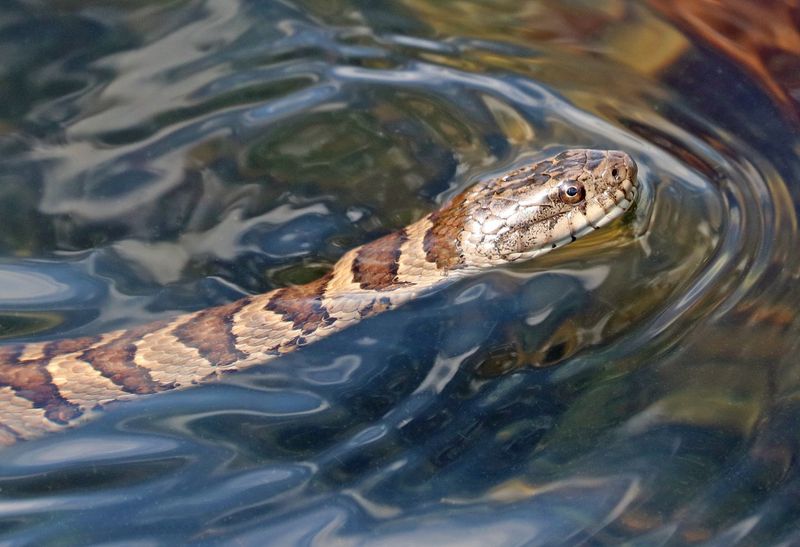
Often mistaken for cottonmouths, these non-venomous swimmers are common throughout eastern North America. Northern water snakes dive deep when startled, staying submerged for surprising periods by slowing their heart rates.
Their keeled scales create tiny channels that reduce water resistance during swimming. These adaptable hunters consume everything from fish to amphibians, and even small mammals. Female northern water snakes give birth to live young, sometimes producing over 30 babies at once.
10. File Snake
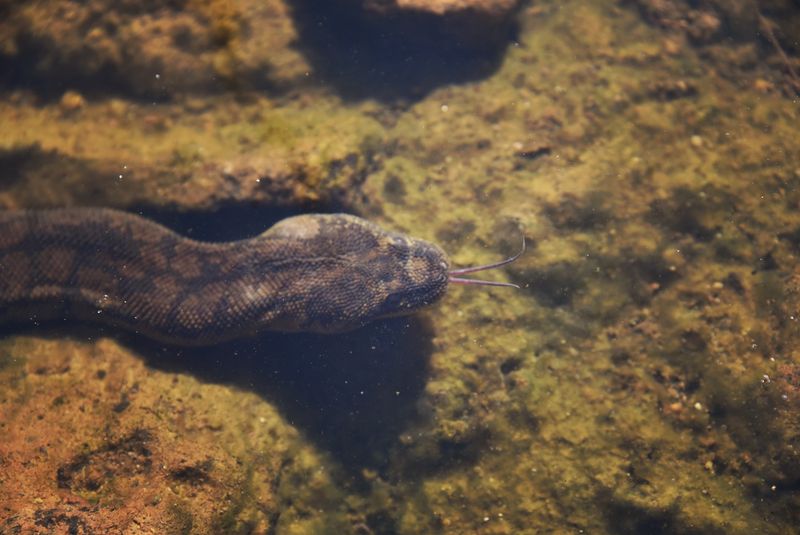
File snakes spend almost their entire lives underwater, emerging only rarely. Their name comes from their rough, file-like scales that provide excellent grip when moving along muddy riverbeds of Australia and New Guinea.
Unlike most swimming snakes that use side-to-side movements, file snakes employ an unusual straight-line swimming technique. Their baggy skin and slow metabolism allow them to survive for months without food. They breathe through specialized skin that absorbs oxygen directly from water.
11. Keelback Water Snake

Keelbacks have conquered both freshwater and saltwater environments across Asia. What makes them extraordinary is their immunity to toad toxins, allowing them to feast on poisonous toads that would kill other predators.
Their strongly keeled scales create tiny air pockets when swimming, increasing buoyancy. Some species have evolved specialized glands that secrete toxins absorbed from their prey, making them venomous through their diet! They swim with their heads raised above water, scanning for prey.
12. Lake Erie Water Snake
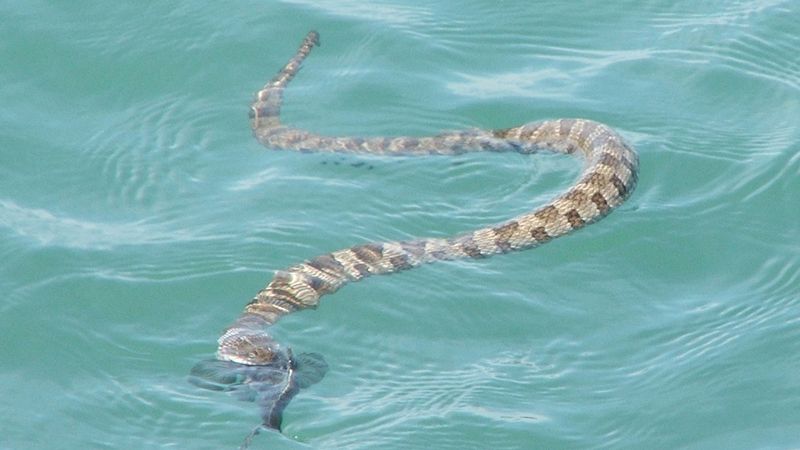
Once endangered, this subspecies of the northern water snake has made a remarkable comeback on the islands of Lake Erie. Their diet underwent a fascinating shift when invasive round gobies appeared in the lake, becoming their primary food source.
Perfectly adapted to Great Lakes living, they swim through chilly waters that would immobilize many reptiles. Their dark coloration absorbs heat efficiently during brief sunning periods. Females grow significantly larger than males, sometimes reaching over 3 feet long.
13. Arafura File Snake
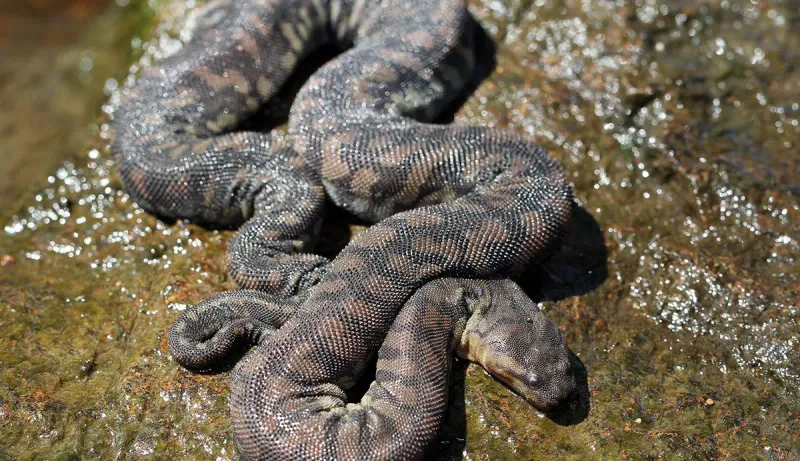
Looking more like an underwater dragon than a snake, the Arafura file snake possesses loose, baggy skin covered in tiny scales. This unusual appearance serves a purpose – their skin absorbs oxygen directly from water, supplementing their breathing.
Almost completely aquatic, they rarely surface and can stay submerged for hours. Their specialized jaws create suction to vacuum up fish from hiding spots. Native to northern Australia and New Guinea, they thrive in murky waters where visibility is poor.





